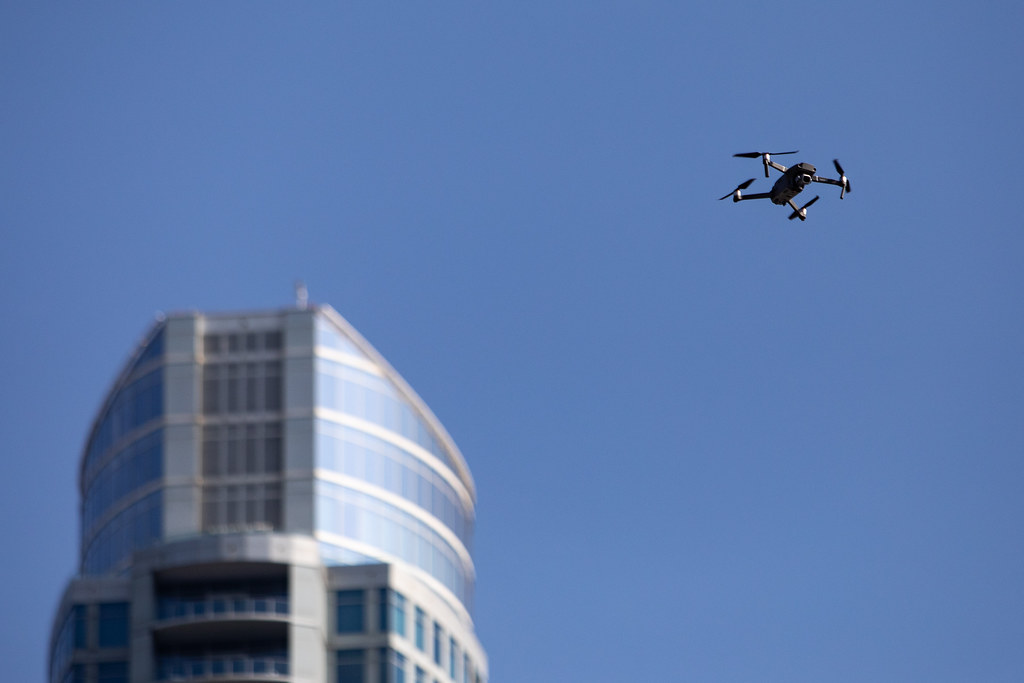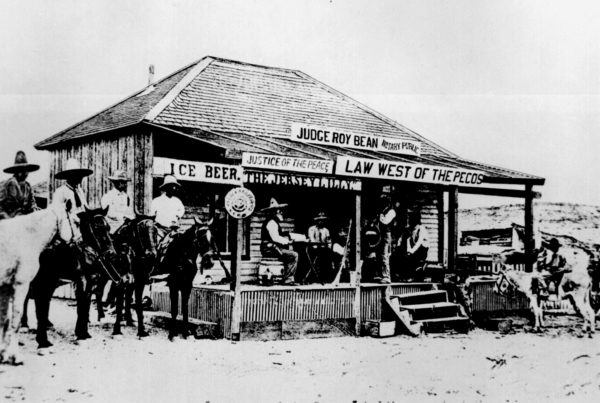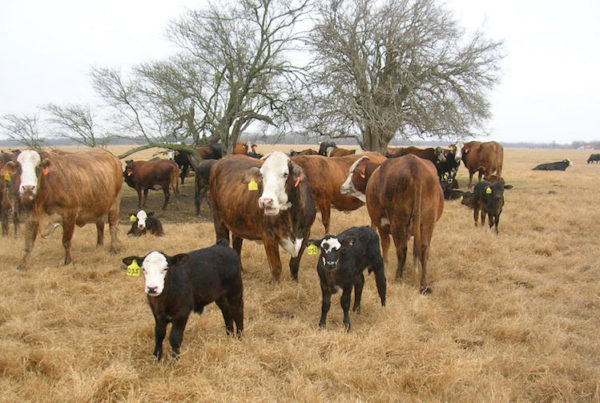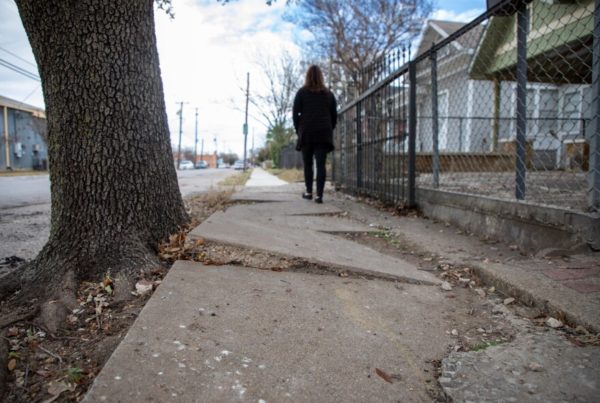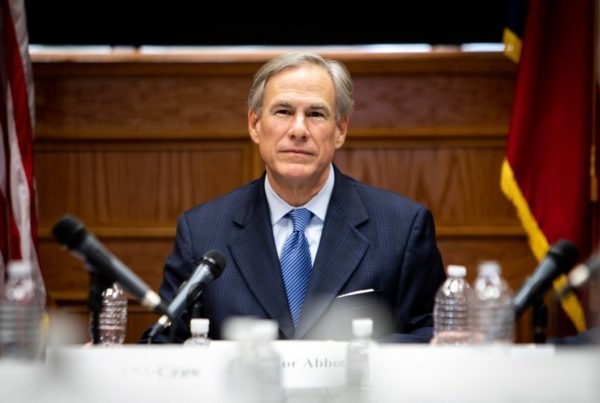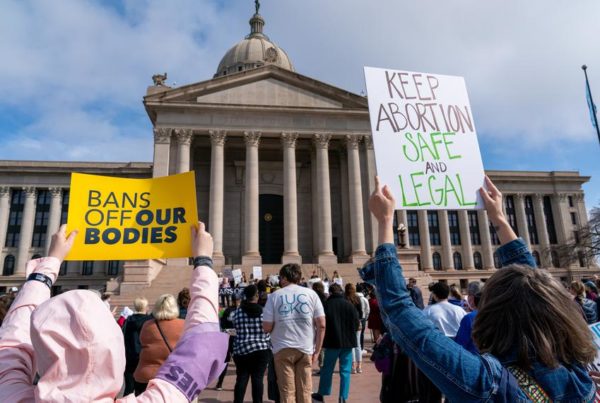People and businesses use drones for tasks ranging from taking aerial photographs to monitoring crops. Soon, they’ll deliver packages. But a 2013 law made it harder to operate a drone in Texas than most anywhere else. The Legislature passed one of the country’s most restrictive drone use laws then, but late last month, that law was overturned in court, opening up new opportunities for drone use.
Jim Magill is a Houston-based journalist who covered the ruling for dronelife.com. He told Texas Standard.
This transcript has been edited lightly for clarity:
Texas Standard: What was so restrictive about Texas’ previous restrictions on drones?
Jim Magill: The Texas drone law prohibited the taking and distributing of images over private property, which comprises about 95% of the state. And it outlined certain usage that you could use drones to take images like surveying or academic research. But notably, it left out news gathering – which makes it technically illegal to take any images or any pictures of individuals for news gathering purposes if they’re over private property.
So for example, if a private building caught on fire and a journalist wanted to capture an image from above, they couldn’t?
That’s correct. The interesting thing is that you could still take the same image from a helicopter, and that would be perfectly legal. Or, a photographer standing on the ground could take pictures all he wanted, and that would be legal. But somehow the use of a drone makes it prohibited.
Where did the lawsuit challenging the drone regulation come from? What was the plaintiff’s argument?
Well, it was the National Press Photographers Association, the Texas Press Association and a Texas photojournalist sued, claiming that the law violated the First Amendment’s protection of freedom of speech. And they had several arguments, including that the law singled out the content of speech – which is a violation of the First Amendment.
So, what was the state’s argument in response?
Well, the state really didn’t have a good argument against that. They argued that, for example, you could take a photo or video images from a helicopter. But keeping in mind how expensive it would be to rent a helicopter to fly makes it prohibitive for just the big TV stations in the state.
What will drone operators in Texas be able to do now as a result of the lawsuit?
They’ll be able to take images of any private property, provided they abide by the regulations under the Federal Aviation Administration. Keep in mind, the FAA already has strict regulations for drone use and in order to be able to use your drone for commercial purposes, you have to be a certified pilot.
That requirement seems like quite a bar, is it?
Well, I just recently got mine, it’s called the Part 107 certification, and it takes a lot of studying of the regulations and then you have to take a test. But once you get that certification, you can legally fly your drone anywhere under 400 feet in altitude.
What was the reaction to this ruling? Are people in the drone scene excited?
Well, I think everybody is looking at this and sort of trying to figure out what this means. I think the most significant thing is that photographers and videographers no longer have to worry about the cops coming and telling them they can’t fly their drone in certain areas or they can’t shoot pictures in certain areas. So I think that group of individuals is really excited about this.


